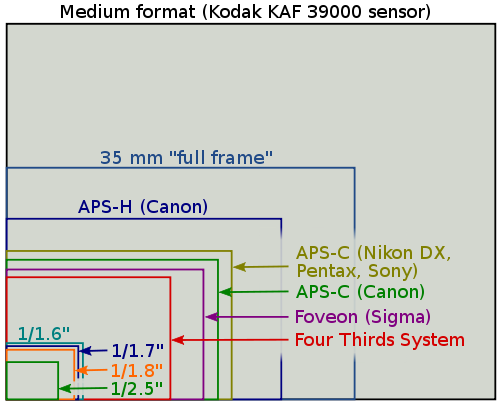

On a full-frame sensors, too, and that means each photosite can receive more Low light performance when using high ISOs (if other variables are the same),Īnd if you’re zooming in to capture a small object (and probably using a largeĪperture) then that’s a definite boon for macro.īigger light sensors capture more light so One with the larger sensor usually produces better pictures.Īs described above, a larger sensor generally means better Two cameras have the same amount of photosites but two different sensor sizes, the Of what you view as the output (the picture).Ī camera with a larger sensor can take on more light-more information-which is why full-frame cameras usually take better quality images than crops. So, you can think aboutĪ photosite in terms of the amount of light captured on your sensor and a pixel in terms An analogue-to-digital converter takes that electrical signal and turns it into a digital value (or a bit of math, in other words) that represents the amount of light that hit each photosite. The photosite collects light, which creates an electrical signal. Is this: ‘photosite is to sensor as pixel is to picture’. Photosite and a pixel fuses my brain, but the best way I’ve seen it expressed So let’s take a look at how the decision to use a full-frame or crop-sensor camera plays out in macro photography. Full-Frame, Crop-Sensor and Macro Photography
#FULL FRAME VS MICRO 4 3 FULL#
When you display the full and crop images at the same size (as below) you get a cropped-in view with the smaller sensor.ĭ800 (left) and D90 (right) with a 12-24mm lens attached. I say appear larger because it’s not actually magnified, the field of view is just restricted. The crop-sensor would appear ‘larger’ that is, more magnified. If you think about putting the same lens on both a full-frame and a crop-sensor camera, the results would obviously differ. Nikon D800 (FX) and Nikon D90 (DX) and specify the lens used for each picture. Nikon has two sensor sizes: full-frame (marked with an FX)Īnd crop (DX) and Canon has three: full-frame, 1.3x and 1.6xįor demonstration purposes in this article, I’ll use the

This smaller image-capture area became known as a "crop-sensor" camera, and the old standard 35mm format became "full-frame." Just wasn’t very affordable to give the camera a sensor of that size, so they made a Long before digital cameras came along, most popular film SLR cameras captured an image that was 36mm by 24mm. Look at some of the key ones and how they benefit (or don’t!) macro Which is best? Well, there are a number of variables to consider, and some might surprise you! In this article I’ll It’s a long-discussed topic: full-frame or crop-sensor camera,


 0 kommentar(er)
0 kommentar(er)
